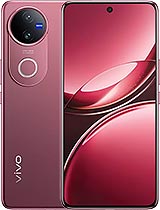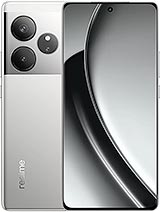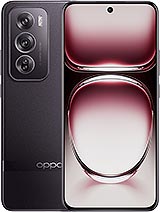Lava Bold N1 alternatives
Tap above to see alternatives.
Xiaomi 14 Civi alternatives
Tap above to see alternatives.
Lava Bold N1
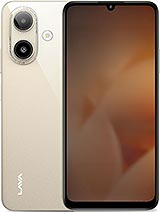
Lava Bold N1
-
Unisoc SC9863A
28 nm
-
5000 mAh
10W
-
6.75"
720 x 1600 pixels
-
13 MP
1080p@30fps
-
Specs

Xiaomi 14 Civi
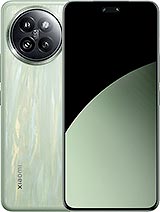
Xiaomi 14 Civi
-
Snapdragon 8s Gen 3
4 nm
-
4700 mAh
67W
-
6.55"
1236x2750 pixels
-
50 MP
4K@24/30/60fps
-
Specs

4x1.6 GHz Cortex-A55
4x1.2 GHz Cortex-A55
1x3.0 GHz Cortex-X4
4x2.8 GHz Cortex-A720
3x2.0 GHz Cortex-A520
12GB 512GB (UFS 4.0)
f/2.0, (wide), 1/3.1", 1.12µm, PDAF
(f/1.6, 25mm (wide), 1/1.55", 1.0µm, PDAF, OIS)
50 MP
(f/2.0, 50mm (telephoto), 0.64µm, PDAF, 2x optical zoom)
12 MP
(f/2.2, 15mm, 120˚ (ultrawide), 1.12µm)
1080p@30/60/120/240/960fps
720p@1920fps
(f/2.0, 26mm (wide), 1/2.8", 0.8µm, AF)
32 MP
(f/2.4, 100˚ (ultrawide), 1/2.8", 0.8µm)
1080p@30/60fps
SIM1: Nano, SIM2: Nano
SIM1: Nano, SIM2: Nano
8 5G bands
n1, n3, n5, n8, n28, n40, n41, n78
In this performance comparison, the Xiaomi 14 Civi with its Qualcomm Snapdragon 8s Gen 3 (4nm) performs better than the Lava Bold N1 with the Unisoc Unisoc SC9863A (28nm), thanks to superior chipset efficiency.
Xiaomi 14 Civi offers 3 years of OS updates, while Lava Bold N1 does not have confirmed OS update information. Xiaomi 14 Civi receives 4 years of security updates, while Lava Bold N1 does not have confirmed security update information.
Xiaomi 14 Civi features a superior AMOLED display, while Lava Bold N1 comes with an LCD panel. In terms of smoothness, Xiaomi 14 Civi offers a higher 120 Hz refresh rate, ensuring fluid scrolling and animations. Both devices deliver the same brightness level at nits. Notably, Xiaomi 14 Civi offers a higher screen resolution, resulting in sharper visuals and more detailed content.
Lava Bold N1 comes with a larger 5000 mAh battery, which may offer longer usage on a single charge. Xiaomi 14 Civi also supports faster wired charging at 67W, compared to 10W on Lava Bold N1.
Lava Bold N1 includes an IP54 rating, while Xiaomi 14 Civi lacks an official IP rating.
- Lava Bold N1 – Check price here
- Xiaomi 14 Civi – Check price here
¹ Scores can vary even with the same chipset due to RAM, thermals, and software optimization.






